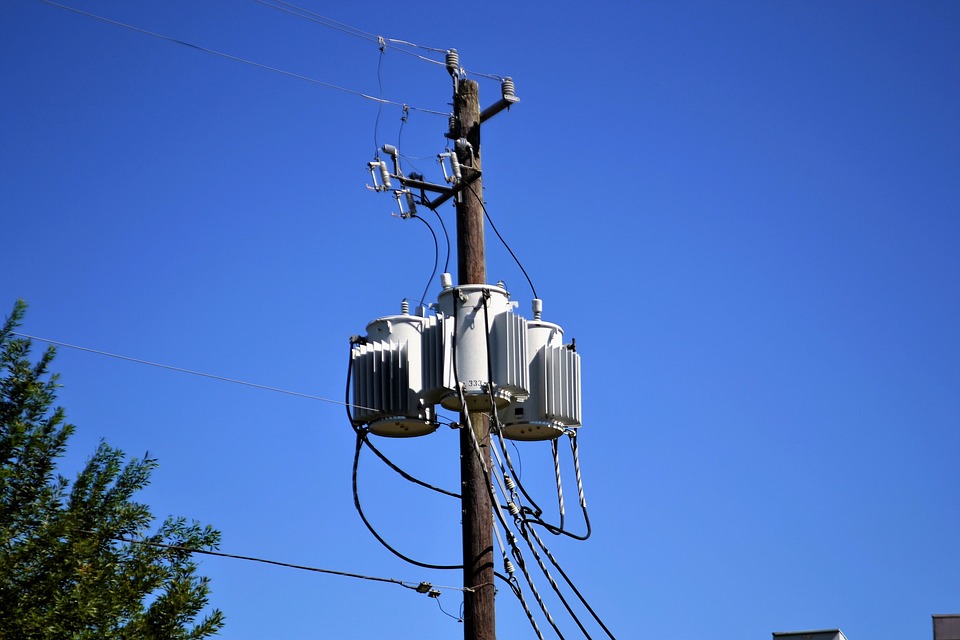According to the Energy Information Administration (EIA) at the US Department of Energy, energy consumption in the country increased by 4% to 101.268 quadrillion British thermal units. The previous historical maximum was reached at 100.971 quadrillion BTUs in 2007, just before the 2008 financial crisis.
Oil consumption in the United States rose to 20.5 million barrels per day, or 37 quadrillion BTUs, which is also the highest value for the United States since 2007.
The most noticeable growth was recorded in consumption of natural gas, which increased to 31 quadrillion BTUs against the background of a 15% increase in the use of natural gas for generating electricity in the United States in 2018 compared with the previous year.
According to preliminary estimates by Rhodium Group research company, published in January 2019, in the United States in 2018, for the first time in recent years, carbon dioxide emissions from the combustion of hydrocarbon fuels also grew.
The statistics on energy consumption and CO2 emissions estimates from the US, given earlier forecasts made by the EIA, means that the amount of harmful emissions from the US is likely to continue to grow.
The baseline and optimistic scenarios suggest a further increase in energy consumption by the United States over the next few decades.
As a result, despite the increase in the energy efficiency of the economy, an increase in the consumption of natural gas while reducing the consumption of coal will still contribute to an increase in emissions, with a significant specific increase in the consumption of natural gas.
The United States ranks second after China in energy consumption among all countries of the world. The share of the United States and China, according to data for 2016, accounted for about 40% of the harmful emissions into the atmosphere. The Trump administration in 2017 refused to comply with the Paris Climate Agreement, saying that the agreement limits the growth of the American economy.
With further growth in US energy consumption and the refusal to participate in any agreements to limit emissions, the protests of the so-called "environmental activists" who are currently taking place in the UK, Italy, France and several other countries of the world will no longer be meaningful, since leading energy consumers fulfillment of any agreements will have only limited effect.
source: eia.gov, bloomberg.com
Oil consumption in the United States rose to 20.5 million barrels per day, or 37 quadrillion BTUs, which is also the highest value for the United States since 2007.
The most noticeable growth was recorded in consumption of natural gas, which increased to 31 quadrillion BTUs against the background of a 15% increase in the use of natural gas for generating electricity in the United States in 2018 compared with the previous year.
According to preliminary estimates by Rhodium Group research company, published in January 2019, in the United States in 2018, for the first time in recent years, carbon dioxide emissions from the combustion of hydrocarbon fuels also grew.
The statistics on energy consumption and CO2 emissions estimates from the US, given earlier forecasts made by the EIA, means that the amount of harmful emissions from the US is likely to continue to grow.
The baseline and optimistic scenarios suggest a further increase in energy consumption by the United States over the next few decades.
As a result, despite the increase in the energy efficiency of the economy, an increase in the consumption of natural gas while reducing the consumption of coal will still contribute to an increase in emissions, with a significant specific increase in the consumption of natural gas.
The United States ranks second after China in energy consumption among all countries of the world. The share of the United States and China, according to data for 2016, accounted for about 40% of the harmful emissions into the atmosphere. The Trump administration in 2017 refused to comply with the Paris Climate Agreement, saying that the agreement limits the growth of the American economy.
With further growth in US energy consumption and the refusal to participate in any agreements to limit emissions, the protests of the so-called "environmental activists" who are currently taking place in the UK, Italy, France and several other countries of the world will no longer be meaningful, since leading energy consumers fulfillment of any agreements will have only limited effect.
source: eia.gov, bloomberg.com





